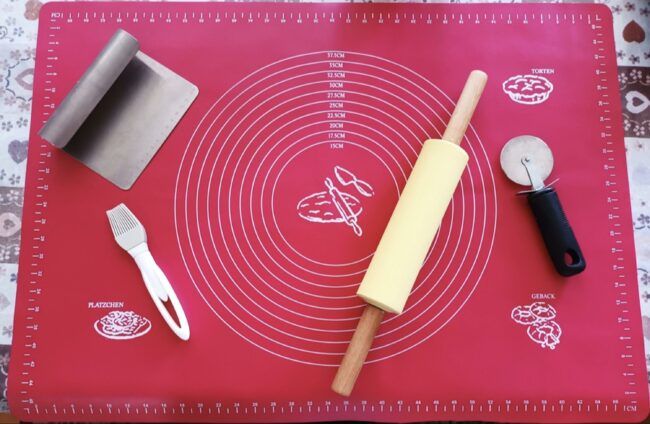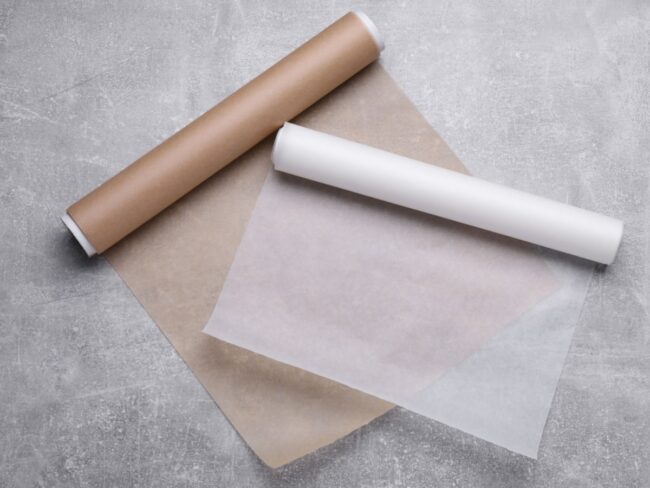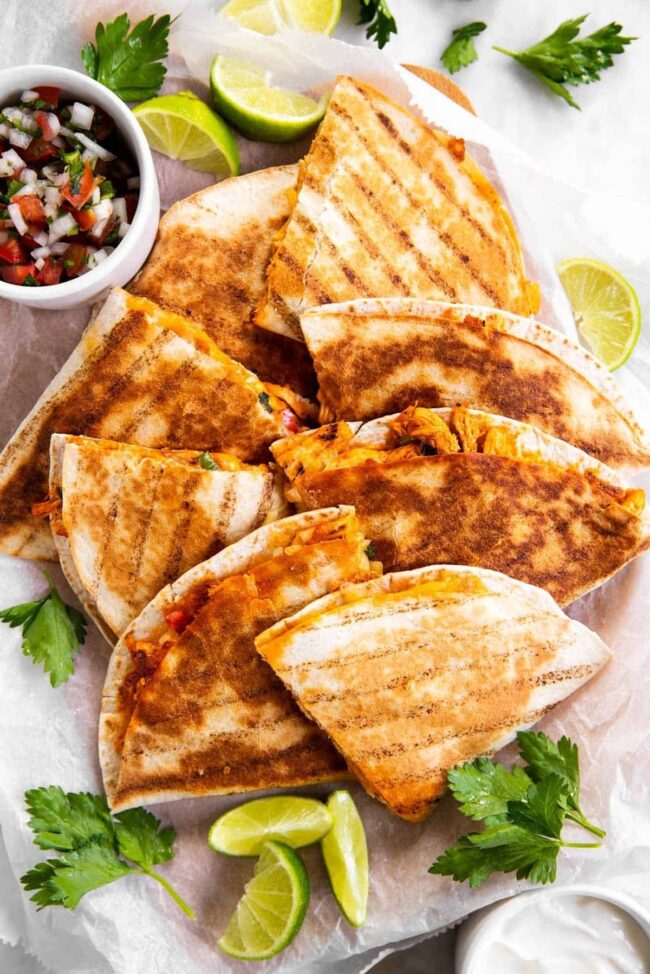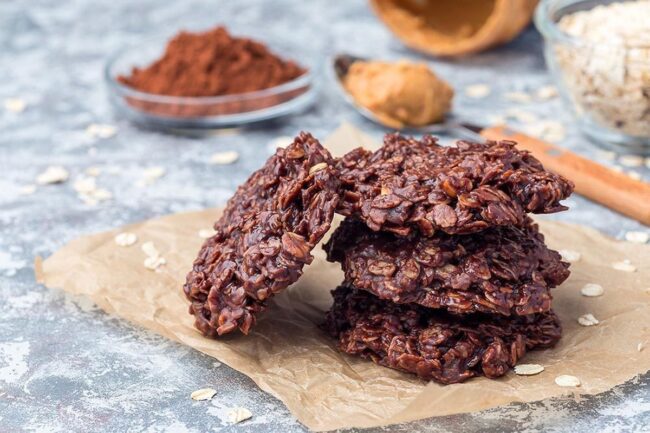5 Handy Alternatives to Parchment Paper
Parchment paper alternatives keep baking and cooking hassle-free when the usual option isn’t available.
Various materials provide a non-stick surface and easy cleanup.
People love discovering substitutes that work just as well in the oven.
Some choices even add unique benefits to certain recipes.
Learn About Parchment Paper
Parchment paper is a versatile kitchen tool that prevents sticking and simplifies cleanup. It is essential for baking, roasting, and food storage.
Using Parchment Paper for Baking
Using parchment paper ensures baked goods come off easily, preventing any sticking.
This handy tool is made from paper coated with food-grade silicone, giving it excellent heat resistance and a non-stick surface.
Ideal for lining trays, sheets, and pans, it keeps the baking area tidy while enhancing the baking process.
Not all parchment paper can withstand high temperatures; therefore, choosing oven-safe options is crucial to avoid issues like breakdowns or harmful chemical releases during cooking.
Selecting the right type enhances both safety and performance in your kitchen endeavors.
What’s Parchment Paper Made Of
Unbleached parchment paper appears brown due to its natural color, untouched by chemical treatments.
This choice is often seen as more eco-friendly and provides the same heat-resistance and non-stick benefits as its counterpart.
On the other hand, bleached parchment paper has a bright white appearance because it undergoes a chemical process to eliminate its original hue.
While safe for baking, some people choose not to use bleached options due to environmental concerns.
Parchment paper should not be confused with wax paper; they may look alike but differ significantly in function.
Wax paper features a thin wax coating that limits heat resistance, making it unsuitable for oven use.
Alternatives to Parchment Paper
Baking can be a fun and rewarding experience. Discovering alternatives to parchment paper opens up new options for your kitchen adventures.
Aluminum Foil
Using aluminum foil can be a helpful substitute when parchment paper is unavailable.
Lightly coating the foil with oil or cooking spray stops food from sticking to it.
Molding the foil around your baking pan or cookie sheet ensures a good fit for effective use.
Aluminum foil heats up more quickly than parchment paper, which could cause some items to bake unevenly.
Keep this in mind while preparing your recipes, as adjusting cooking times may be necessary for optimal results.
This alternative method proves useful in many baking situations where traditional options fall short.
Silicone Baking Mats
Non-stick silicone baking mats serve as an excellent substitute for parchment paper.
Made from food-grade silicone, these mats can be directly placed on baking sheets.
Cleaning them is a breeze, and their reusable nature supports eco-friendly practices.
Ideal for cookies, pastries, and various baked goods that tend to stick to pans, they ensure effortless release every time.
The popular Silpat brand exemplifies quality in this category.
Enjoying these mats enhances the overall baking experience with less hassle and waste.
Wax Paper
Using wax paper in the kitchen raises questions about its suitability for baking.
This type of paper serves well in no-bake recipes and can line cake pans effectively.
Caution is necessary, as wax paper does not handle high heat like parchment paper does.
At elevated temperatures, it may melt or even catch fire, making it a risky choice for baking tasks.
While some people seek alternatives to parchment paper, understanding these differences is important for safe cooking practices.
Always consider the specific needs of your recipe before choosing between these two options.
Dough Greasing Alternatives
Using flour with butter or cooking spray keeps dough from sticking to pans.
This technique is effective for various baked items like bread and cakes.
Start by greasing the baking pan, then add a light dusting of flour on top.
Tapping the pan helps spread the flour evenly across the surface, while pouring out any extra ensures a clean finish.
Following these steps leads to successful baking without any sticky messes left behind.
A little preparation goes a long way in achieving perfect results every time.
Heat-Resistant Bags
Heat-resistant bags serve as a great option for recipes that avoid direct heat, like steaming or slow cooking.
Soaked corn husks and bamboo leaves make excellent choices for wrapping tamales or sticky rice.
For baking pizza, bread, or pastries without sticking to the surface, using baking stones and Silpat mats proves helpful.
These alternatives provide effective substitutes for parchment paper while promoting easy food release and even cooking.
Taking advantage of these materials can enhance your culinary experience in the kitchen while maintaining delicious results.
Ways to Use Parchment Paper
Using parchment paper improves baking results by ensuring even heat distribution. It also makes cleanup easier and prevents food from sticking.
Advantages for Bakers
Bakers often rely on parchment paper for various tasks in the kitchen.
This versatile tool creates a barrier that keeps baked goods fresh and prevents sticking during the baking process.
Lining a baking pan with it makes preparing cookies, cakes, and brownies easy without needing to grease anything.
Using parchment paper also simplifies working with dough; rolling out pie crusts or cutting shapes for sugar cookies becomes hassle-free when it doesn't stick to surfaces.
Additionally, it serves as an excellent decorating aid for making cornets used in icing or shaping candies creatively.
Parchment Paper for Steaming
Cooking en papillote involves wrapping fish, chicken, or vegetables in parchment paper and baking them.
This method allows the food to steam in its own juices, resulting in a dish that is both tender and packed with flavor.
A significant benefit of using parchment paper is the healthier cooking option it provides by avoiding extra fats or oils.
Cleanup becomes effortless since all juices stay inside the pouch.
Presenting meals this way adds an elegant touch; each guest can unwrap their own parcel to discover a fragrant delight waiting inside.
Creating these pouches only requires placing your ingredients on parchment, folding it up tightly, and sealing the edges for a flavorful meal experience.
Downsides of Using Parchment Paper
Costs can accumulate quickly with parchment paper, especially for those who use it often.
This kitchen staple may seem convenient due to its nonstick surface, but frequent purchases can lead to unexpected expenses.
Waste also becomes an issue since each sheet is typically thrown away after one use, contributing to environmental concerns.
Alternatives like silicone mats not only reduce waste but are reusable and eco-friendly as well.
While suitable for baking at moderate temperatures, parchment paper has limitations; it cannot handle high heat levels without risking burning or catching fire during cooking processes like broiling or frying.
In many cases, built-in nonstick surfaces in bakeware eliminate the need for additional layers of parchment paper altogether.
Alternative Uses for Substitutes
Food substitutes can be repurposed creatively in different recipes. Understanding their versatility helps maintain flavor and texture in meals.
Flattening the Dough
Using a clean countertop with a sprinkle of flour works well for rolling out dough.
This method keeps the dough from sticking, allowing for easy handling and transfer to a baking sheet.
A silicone baking mat lightly dusted with flour serves as another great option for creating a non-stick surface.
Substitutes like these simplify the process and help achieve smooth results when working with dough.
Choosing the right surface can make all the difference in baking success.
Enjoying these tips can elevate your culinary adventures significantly.
Freezing and Saving Food
Using alternatives to parchment paper can be helpful for freezing and storing baked treats.
Silicone baking mats work well for lining trays, while plastic wrap effectively separates layers of cookies or pastries in airtight containers.
Wax paper also serves as a handy barrier, keeping items like burger patties or pre-formed dough balls from sticking together in the freezer.
These substitutes not only save time but also maintain the quality of your baked goods during storage.
Choosing the right option ensures easy access to delicious snacks whenever desired.
Creative solutions like these make kitchen tasks more efficient and enjoyable.
Decorating Baked Treats
Using a silicone baking mat or plastic wrap helps maintain cleanliness when decorating baked treats.
These materials can be placed beneath your baking sheet, catching any stray icing or dust.
Cleanup becomes much easier with this simple method in place.
Transferring baked items is also hassle-free; sliding them onto a serving plate without ruining the decorations is straightforward and safe.
Parchment paper substitutes offer valuable support in the kitchen, making decoration processes smoother and more efficient.
A tidy workspace enhances creativity while decorating delicious creations.





